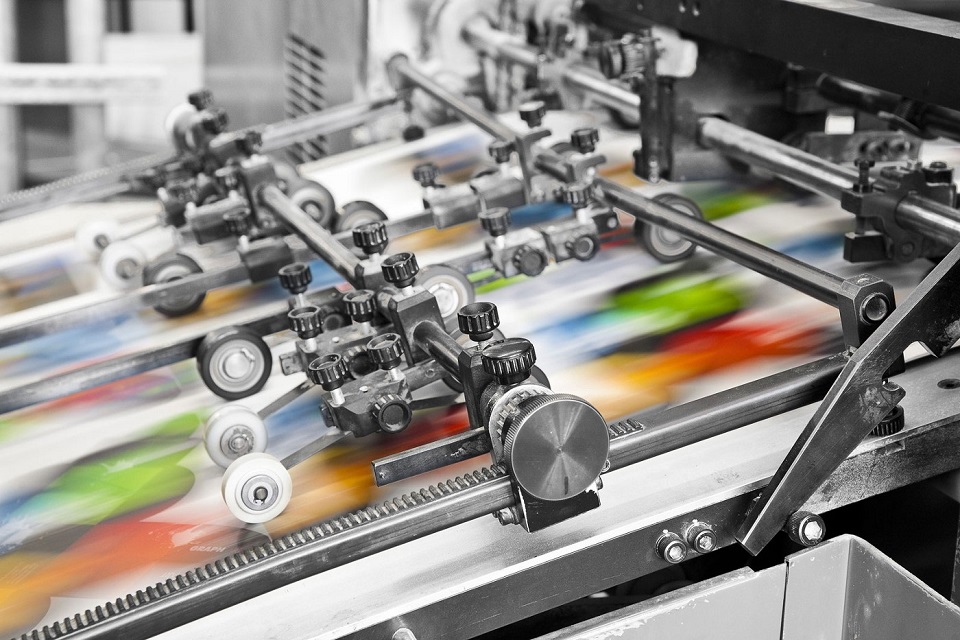Digital printing is an innovative process that forgoes the usual steps associated with a traditional press. There are no plates and no complex dying methods involved. Instead, electronic files are rendered onto a variety of materials. The process is quick, efficient, and much cheaper than traditional printing. It’s also flexible and highly customizable, with lots of different options available.
1. Customizable Flooring
Digital printing makes it easier than ever to design your own custom flooring. Printing onto floors is just as simple as printing onto more standard materials like paper and plastics, although the results are even more spectacular. Digitally printed floors utilize creative patterns, stylish designs and can be wholly individualistic. They’re a great way to personalize an office, a home, or set up something more temporary, perhaps as part of an exhibition or one-time event. Custom flooring would once have been extremely expensive, but the economical nature of digital printing means that this is no longer the case.
Flooring comes in a range of materials, including vinyl and more malleable foils. The demands on printed flooring are (obviously) different from those put on banners and wall coverings, but most are designed using some combination of latex and vinyl. Materials are robust and long-lasting, so it’s even possible to create external flooring that can stand up to any inclement weather conditions.
2. Wall Graphics
Following on from the previous point, wall graphics are another exciting way to customize your home with original designs. The beauty of digital printing lies in its ability to create one-of-a-kind, fully bespoke pieces which would be prohibitively expensive using traditional methods. Printing companies like Soyang Europe offer almost unparalleled choices for your wall art. You can choose any style, any design, and have it printed.
Most wall graphics come in either pasteable or self adhesive form. The former is applied in much the same way as wallpaper, using an underlying paste and roller for a smooth finish. This kind of art is usually saved for larger displays, sometimes covering whole walls. Self-adhesive vinyl is more straightforward but better suited to smaller projects. It adheres to the wall with minimal effort and has stayed looking good for years.
3. Lightboxes
It might not be the first thing that springs to mind when you think of digital printing, but it’s nowadays easier (and cheaper) than ever to design a custom lightbox. The principle is simple. All you need is a design, a digital printing company, and a lighting facility. Designs are printed onto flexible, stretch textiles that are translucent. These allow light to filter through, illuminating the image on the textile to create a beautifully atmospheric piece of art.
Lightboxes come in all shapes and sizes, and they’re even used in the retail world to advertise products. Illuminated marketing boards and signs in shopping malls are common sights; both of these are light boxes and use the production methods described above. Digital printing has made custom lightboxes for the home much more accessible.








No Comments